Social Distancing for Urban Dogs
by Jennifer Wheeler
Last edited on August 19, 2021
Keep your pup stimulated… even when it’s just the two of you
As the distance between people and the communities we depend on for emotional well-being grows, those who have dogs can, at the very least, depend on unwavering companionship. That’s not a small thing. Covid-19 has brought life in the city to a halt, and while we can do little to ease the serious hardships that people are facing, we owe it to the pups we are quarantined with to keep them healthy and active. In doing so, pet owners may even find some strength and comfort.
City dogs – over 500,000 in New York City and millions more in metropolitan areas across the United States – are a motley crew, united in good times by the daily struggle of finding open, natural spaces for exercise and activity. When social distancing is paramount, and families are cooped up in bijoux apartments under mounting levels of stress, how can urban dogs stay happy and healthy? Stocking up on dog food, grooming, and medical supplies is the first step in preparing for weeks or even months at home, but thinking about a dog’s need for regular exercise and stimulation is equally as important.
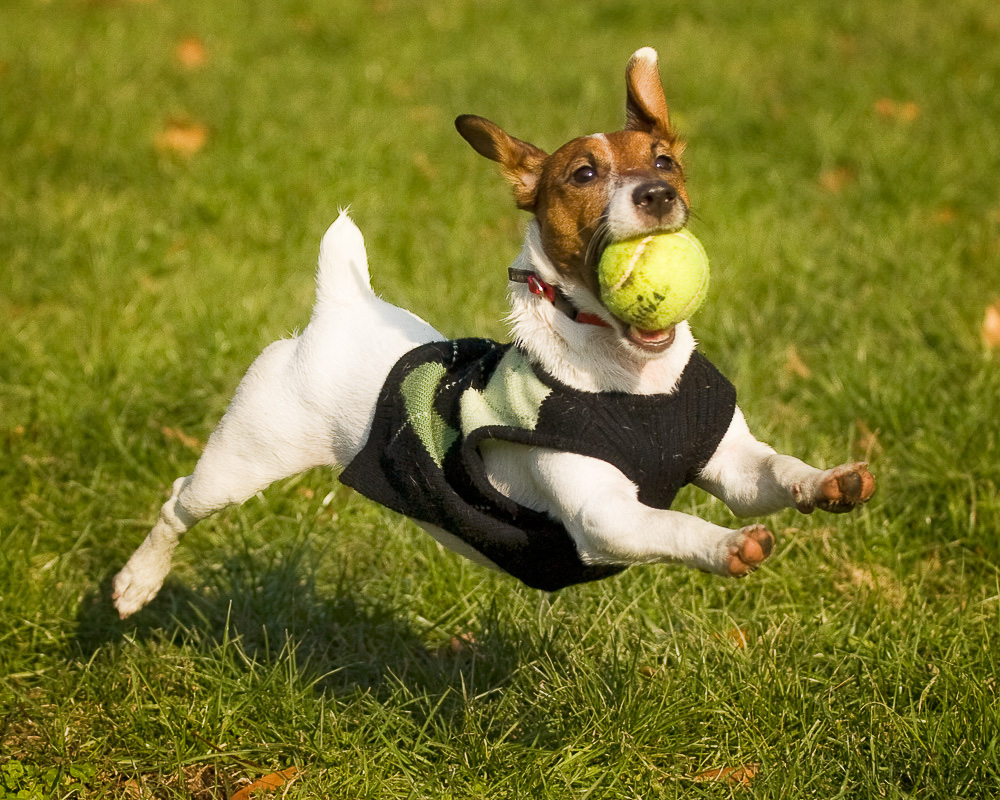 Dogs are susceptible to a host of psychological and physical problems when not provided with enough activity, and activity does not just mean a brisk, leashed walk. Dogs need to do lots of other doggy things like sniff, roll, track, bark, chew, and play. Without fulfilling their natural instincts to engage in these kinds of behaviors, pups can become bored, destructive, aggressive, and anxious.
Dogs are susceptible to a host of psychological and physical problems when not provided with enough activity, and activity does not just mean a brisk, leashed walk. Dogs need to do lots of other doggy things like sniff, roll, track, bark, chew, and play. Without fulfilling their natural instincts to engage in these kinds of behaviors, pups can become bored, destructive, aggressive, and anxious.
Outdoor, off-leash exercise is the best kind of activity, and city residents should take or send their pups for hikes in the countryside where it is an option. That being said, all of us will be spending a lot more time inside in the coming weeks, and we will need to be thoughtful in finding ways to stay healthy and happy. With a little creativity, it is possible for pet owners to help keep their dogs, (and maybe even themselves), physically and psychologically healthy with regular doses of inside activity. Here are a few ideas:
![]() Hide and Seek The premise is simple – hide something in the home that your dog is motivated to find and give her the fun task of searching for it. The basic version is to take your dog into a room, show her the toy or treat and let her have a sniff, then leave the room and hide the object. When you let your dog out of the room, get excited and say a command like “go find it!” or “where’s the ____?” In the beginning, you may need to give your dog clues by pointing or showing her the hiding spots, but you can gradually make things more complicated. With practice your pup will learn how it works, particularly if you tailor the game to her personality and breed traits.
Hide and Seek The premise is simple – hide something in the home that your dog is motivated to find and give her the fun task of searching for it. The basic version is to take your dog into a room, show her the toy or treat and let her have a sniff, then leave the room and hide the object. When you let your dog out of the room, get excited and say a command like “go find it!” or “where’s the ____?” In the beginning, you may need to give your dog clues by pointing or showing her the hiding spots, but you can gradually make things more complicated. With practice your pup will learn how it works, particularly if you tailor the game to her personality and breed traits.
![]() Practice Party Tricks: The actual process of learning and practicing “party tricks” is incredibly stimulating for your pup. It is fun not only because she gets to interact in a new way with you, her human, but because she has to figure something out and then gets a reward for her achievement. Classic examples are “roll over” and “shake.”
Practice Party Tricks: The actual process of learning and practicing “party tricks” is incredibly stimulating for your pup. It is fun not only because she gets to interact in a new way with you, her human, but because she has to figure something out and then gets a reward for her achievement. Classic examples are “roll over” and “shake.”
![]() Obstacle Course For small breed dogs, even in a tiny apartment, obstacle courses provide a great source of exercise and stimulation. Annoyed at having to fold and tie up all those Amazon delivery boxes? First, use them to make a tunnel for your pup to run through for the afternoon, and it won’t feel like such a waste. If she is a jumper, use them to make hurdles!
Obstacle Course For small breed dogs, even in a tiny apartment, obstacle courses provide a great source of exercise and stimulation. Annoyed at having to fold and tie up all those Amazon delivery boxes? First, use them to make a tunnel for your pup to run through for the afternoon, and it won’t feel like such a waste. If she is a jumper, use them to make hurdles!
![]() Hidden Treat: The principle of this game is to put a tasty treat somewhere difficult for your dog to reach or uncover. It is not hide and seek because your dog knows where the treat is. Rather, the game is in figuring out how to get to that yummy reward. The most basic version is to let your pup try to lick the leftover bits out of a used-up peanut butter jar; it’s just as stimulating and exciting as licking the peanut butter out of a Kong and will save you the job of cleaning out your jar before recycling! Make things more challenging by putting a treat underneath a cardboard box. As your pup figures out how to retrieve the treat you can make the obstacle increasingly more complicated by, for example, putting a box in another box under a blanket.
Hidden Treat: The principle of this game is to put a tasty treat somewhere difficult for your dog to reach or uncover. It is not hide and seek because your dog knows where the treat is. Rather, the game is in figuring out how to get to that yummy reward. The most basic version is to let your pup try to lick the leftover bits out of a used-up peanut butter jar; it’s just as stimulating and exciting as licking the peanut butter out of a Kong and will save you the job of cleaning out your jar before recycling! Make things more challenging by putting a treat underneath a cardboard box. As your pup figures out how to retrieve the treat you can make the obstacle increasingly more complicated by, for example, putting a box in another box under a blanket.
![]()
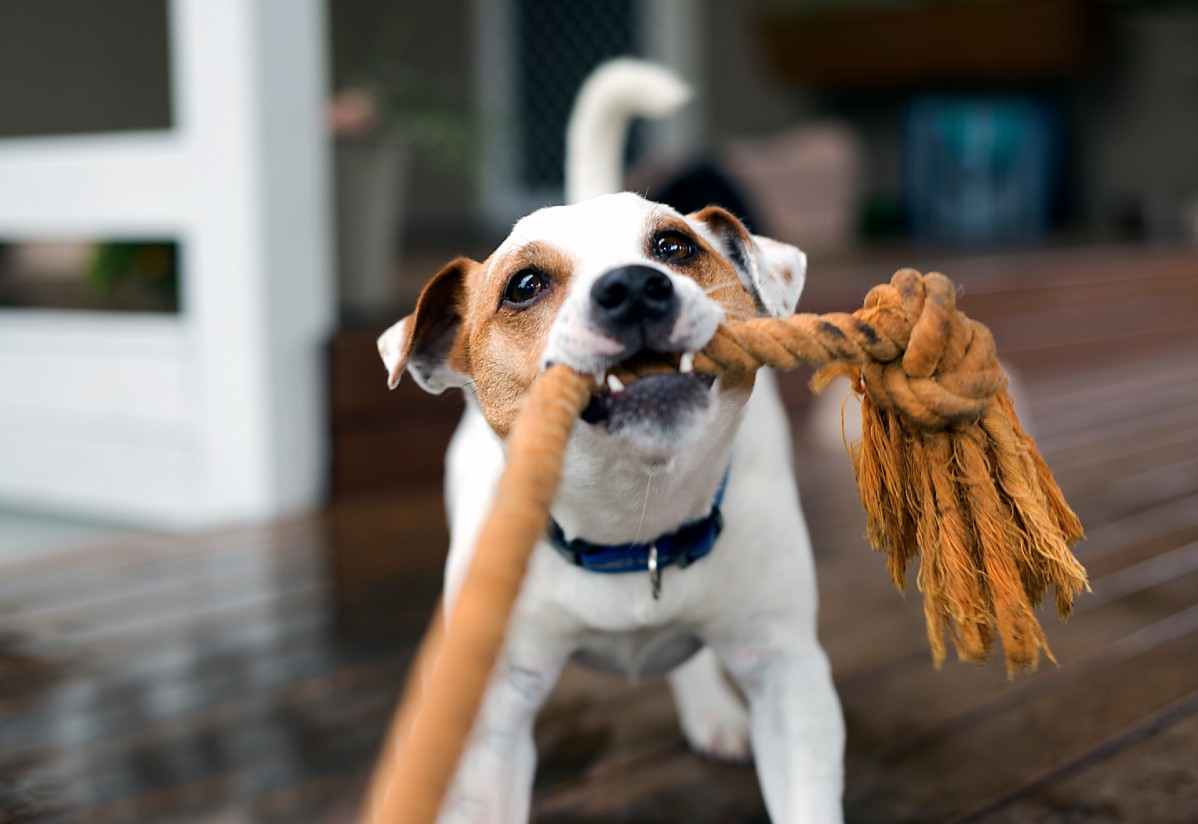 Tug o’war: Contrary to popular dog mythology, this game will absolutely not make your dog aggressive. It is a great strength-builder, and totally fun for most dogs.
Tug o’war: Contrary to popular dog mythology, this game will absolutely not make your dog aggressive. It is a great strength-builder, and totally fun for most dogs.
![]() A Big Bone: Try a frozen marrow bone or a big beef knuckle. There is little as satisfying for a dog as chewing a bone. For starters, chewing and gnawing is instinctual for your pup, but she exists in an environment full of things that look like amazing chew toys that, she isn’t allowed to touch. Direct your pup toward something she is allowed to chew on instead and she can enjoy fulfilling a very natural need. Watch carefully and you will see your clever little doggy manipulating the bone with her paws, even learning how to hold it upright. She will learn to use her molars, canines and front teeth for cutting, tearing and chewing. And the big bonus – this activity is great for your pup’s teeth.
A Big Bone: Try a frozen marrow bone or a big beef knuckle. There is little as satisfying for a dog as chewing a bone. For starters, chewing and gnawing is instinctual for your pup, but she exists in an environment full of things that look like amazing chew toys that, she isn’t allowed to touch. Direct your pup toward something she is allowed to chew on instead and she can enjoy fulfilling a very natural need. Watch carefully and you will see your clever little doggy manipulating the bone with her paws, even learning how to hold it upright. She will learn to use her molars, canines and front teeth for cutting, tearing and chewing. And the big bonus – this activity is great for your pup’s teeth.
![]() Inside Chase-and-Retrieve: The most basic of doggy activities, chase-and-retrieve can be adapted to most inside spaces. Try using a soft toy rather than a ball for small spaces – less bouncing and chaos!
Inside Chase-and-Retrieve: The most basic of doggy activities, chase-and-retrieve can be adapted to most inside spaces. Try using a soft toy rather than a ball for small spaces – less bouncing and chaos!
This list of activities is just a starting point. One of the things we often recommend is that dog owners consider the breed traits and character of their pup when coming up with stimulating activities. Scent hounds like beagles will be thrilled by a game of hide-and-seek, while a shepherding dog like a Border collie needs intense mental and physical activity, like an agility course. Whatever the breed or mix of breeds, age, and personality, owners have a responsibility to be attuned and engaged.
Keeping our dogs active may seem like a small thing in the face of a serious pandemic, but sometimes the small things are what keep us steady.
About the author
Jennifer is a writer and graduate of NYU School of Law. Jennifer researches and writes original, science-based articles for the NYC Doggies blog, and her writing on other topics can be found in the Huffington Post. Jennifer and Ovidiu have co-authored the upcoming book, WHOLE DOG PARENTING: EVERYTHING YOU NEED TO RAISE AND TRAIN AN URBAN PUP
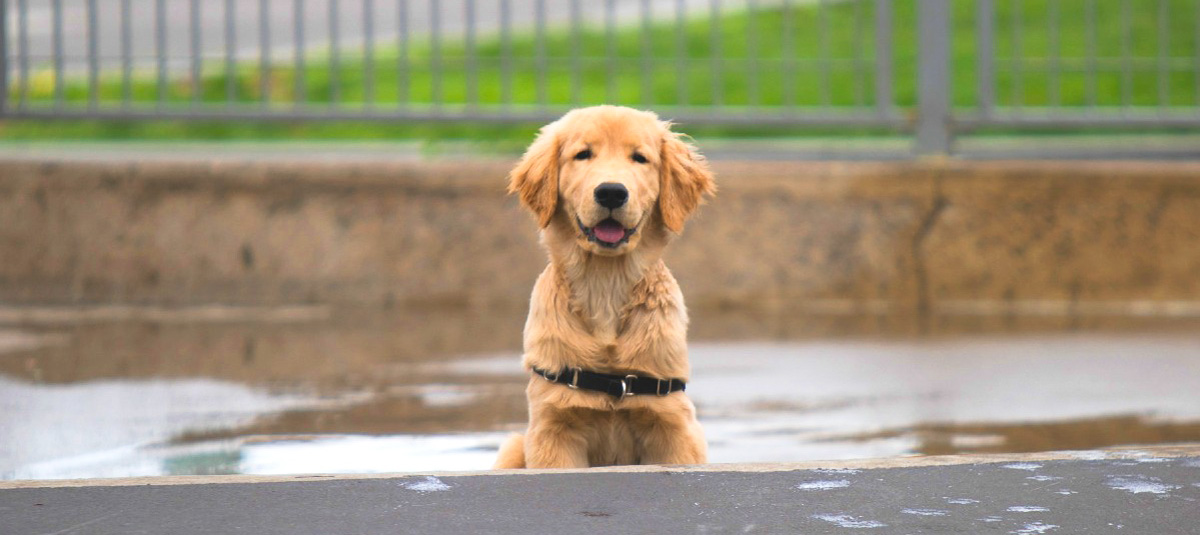
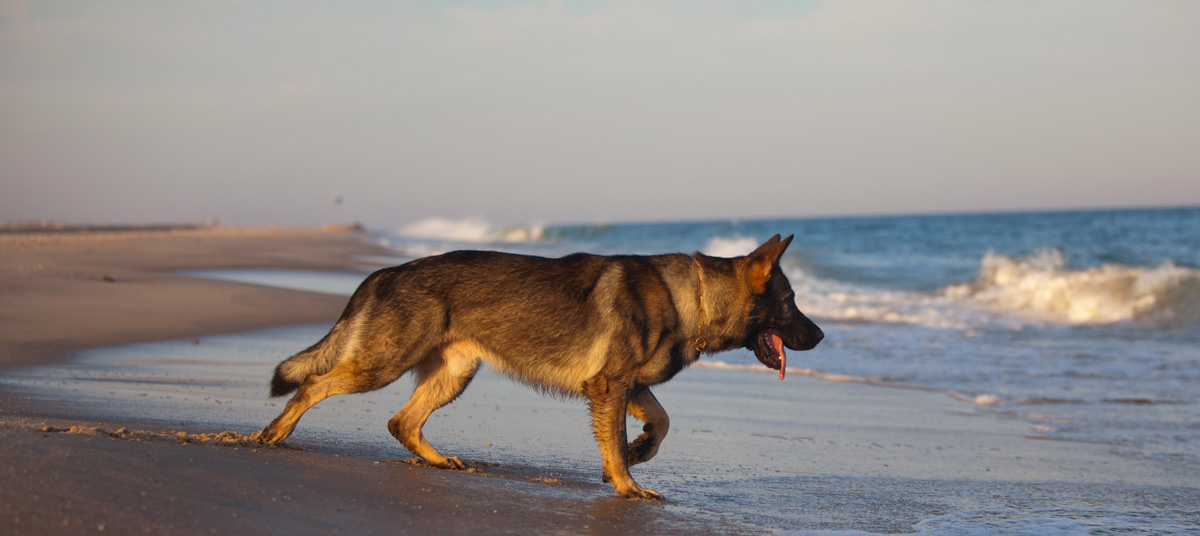
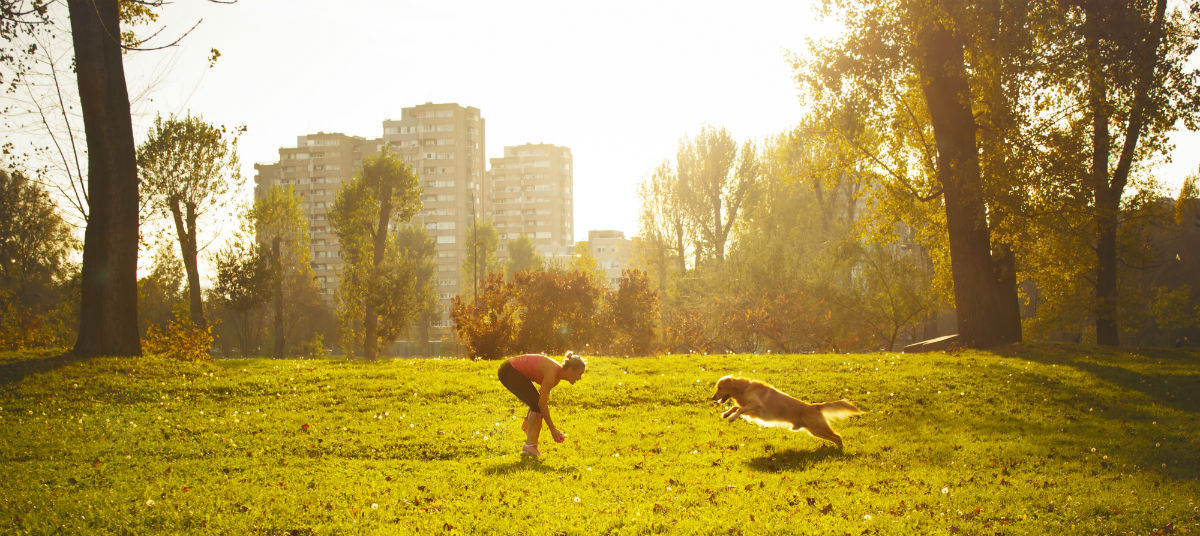
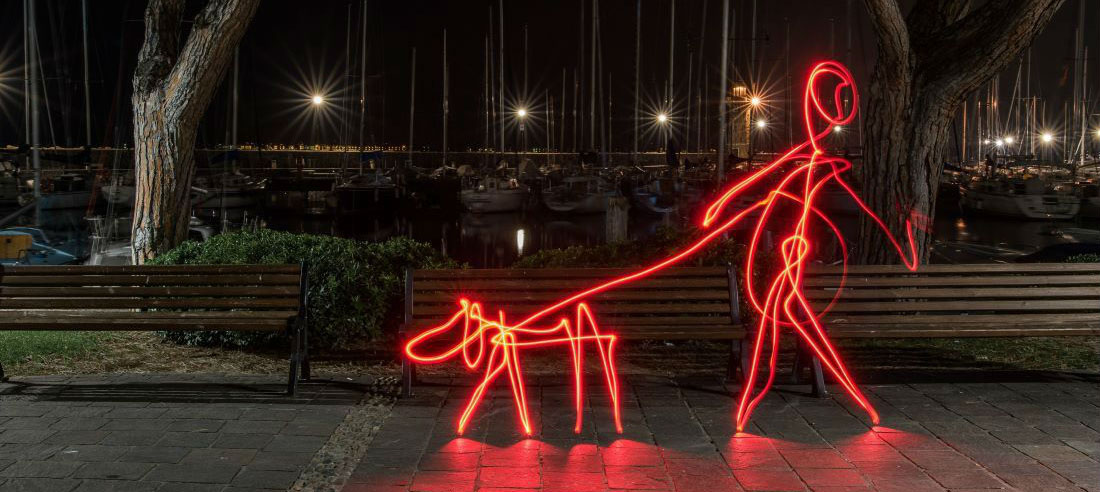
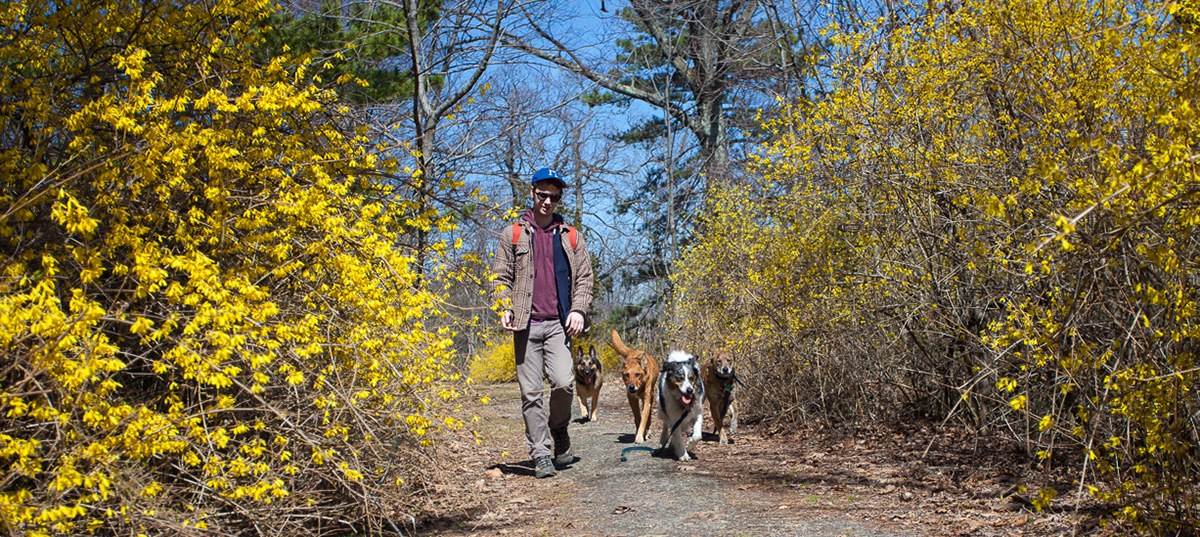
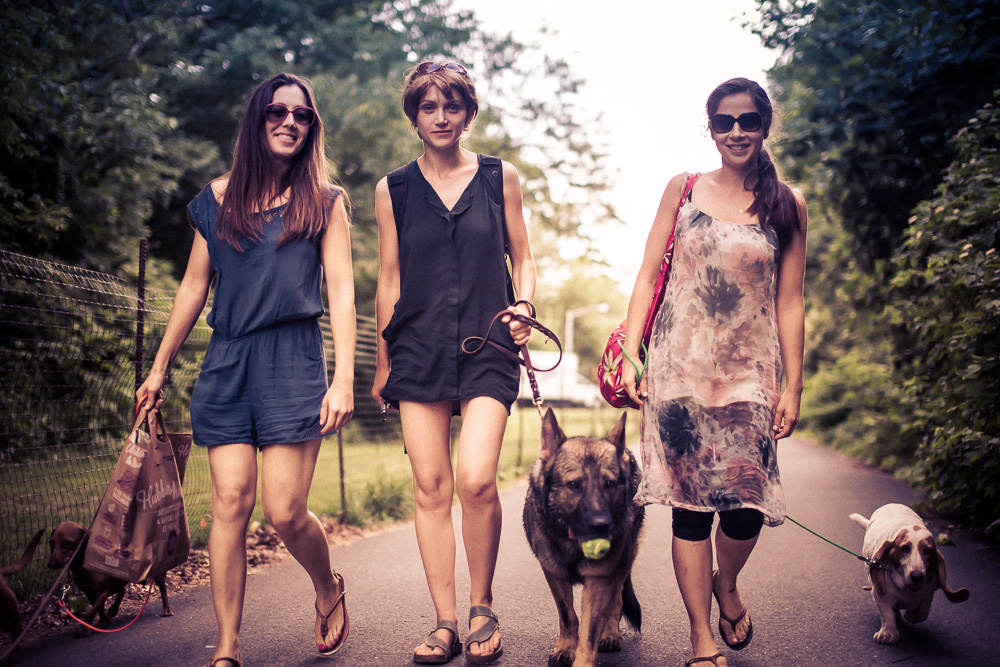
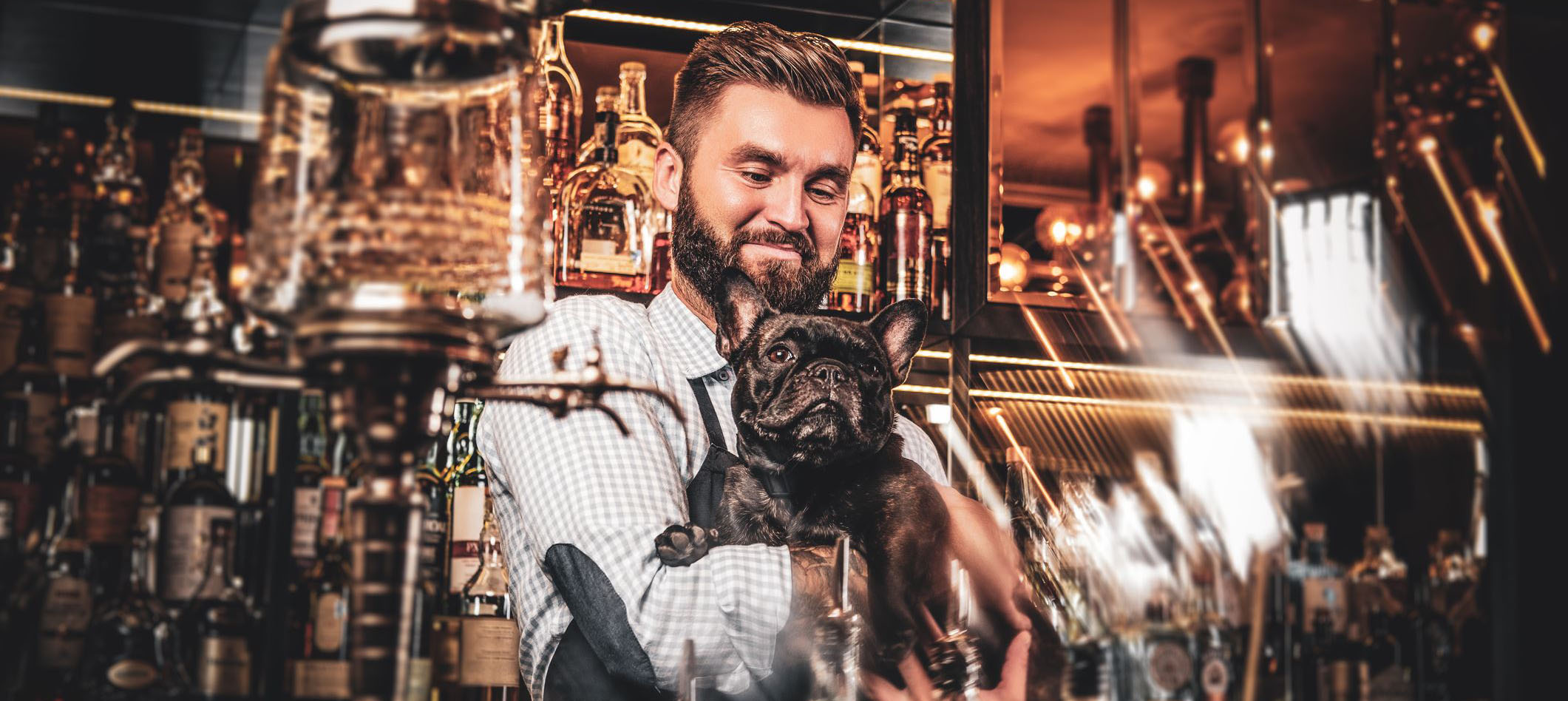
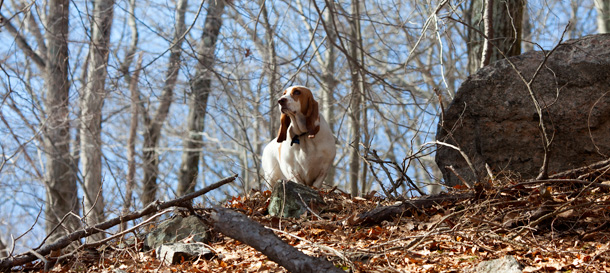

Leave A Comment